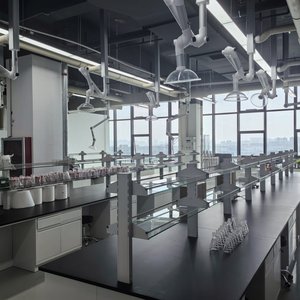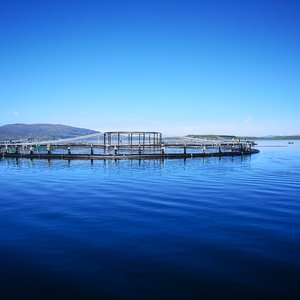Phosphorus from fish bones
Phosphorus from fish bones can replace the sources of phosphorous traditionally added to feed for salmon. In experiments where fish that were fed bone hydrolysate or traditional feed with added phosphorus salt, the fish had good growth and welfare and there were no differences between the groups.
Phosphorus is an important ingredient in fish feed and is essential for healthy bone development in fish. Fish are normally given inorganic phosphorus that is recovered from mining activities and is therefore a limited resource. The extraction of phosphorus from fish bones is therefore a good way of utilising fish by-products without adding extra phosphorus to the marine environment.
Herring milt
Fish milt can have favourable effects on fish health due to the high nucleotide content (DNA).
In cell cultures, herring milt has proven to have a positive effect on the fish immune system, which indicates that herring milt can also have a positive effect on the immune system of salmon.
Krill
Krill meal is a good source of well-balanced protein, marine phospholipids and marine omega-3 fatty acids, and is therefore well suited as a potential ingredient in fish feed. However, krill meal also contains naturally high levels of fluoride. Trials in the sea with salmon, halibut and cod have shown that the fish do not absorb fluoride.
Blue mussels
Mussel meal is comparable to fishmeal, both as regards protein content, the amino acid composition of the protein and other nutrients. Trials have shown that trout that were fed mussel meal had the same growth as fish that were given commercial feed. This indicates that mussel meal can be a good replacement for fishmeal in farmed fish feed.
Seaweed
Seaweed meal is generally low in protein and fat, but is rich in the minerals that salmon need from the feed. However, analyses show that some types of seaweed meal contain the heavy metal arsenic in amounts that exceed the upper threshold value for fish feed ingredients. These seaweed meal products can therefore not be used directly in fish feed. If seaweed meal is to become an ingredient in fish feed in future, more studies are required to identify which species of seaweed contain low levels of arsenic. More knowledge is also needed about whether the form of arsenic from seaweed is harmful to salmon and whether the substance is accumulated in the fillet.










